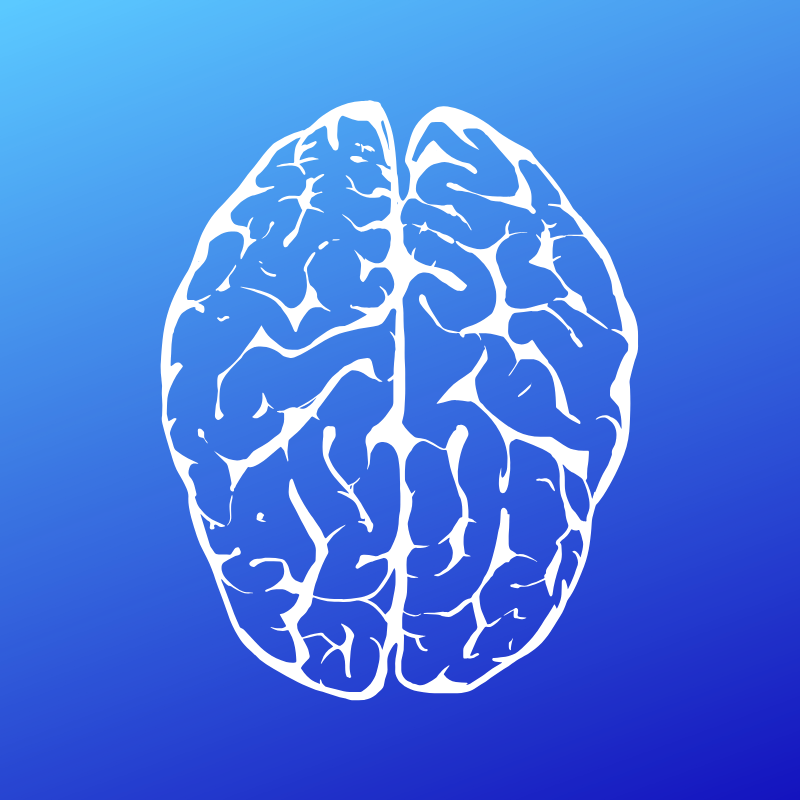It’s not easy to ask for — and receive — what’s needed to heal from brain trauma

It’s fabulous, it’s weird, it’s hard to describe. This is the way I’ve noticed people talk about craniosacral therapy. Is it evidence-based precision or California woo? Spectators closely watch like a card trick. The gist of what we hear, over and over, is this: something in me is changed, and what that is I couldn’t say.
After a violent ski accident, Mark Bertolini, the CEO of Aetna, was encouraged to try craniosacral therapy. Four appointments in and he was feeling better. Six months and he quit pain meds. Being candid about his personal journey served to amplify his message: an insider promoting radical change in healthcare.
As American football and medical research have converged, invisible injuries like concussion, traumatic brain injury, and post-traumatic stress are getting more media attention, yet continue to be minimized or overlooked when it comes to actual medical treatment. People show up to my office looking for a different approach.
Craniosacral therapy is a form of bodywork that aims to ease tension around the brain and spinal cord using noninvasive touch. A practitioner’s informed hands gently facilitate more mobility and more awareness in the structures surrounding the brain and spine. First-time clients often remark on a deep sense of peace.
